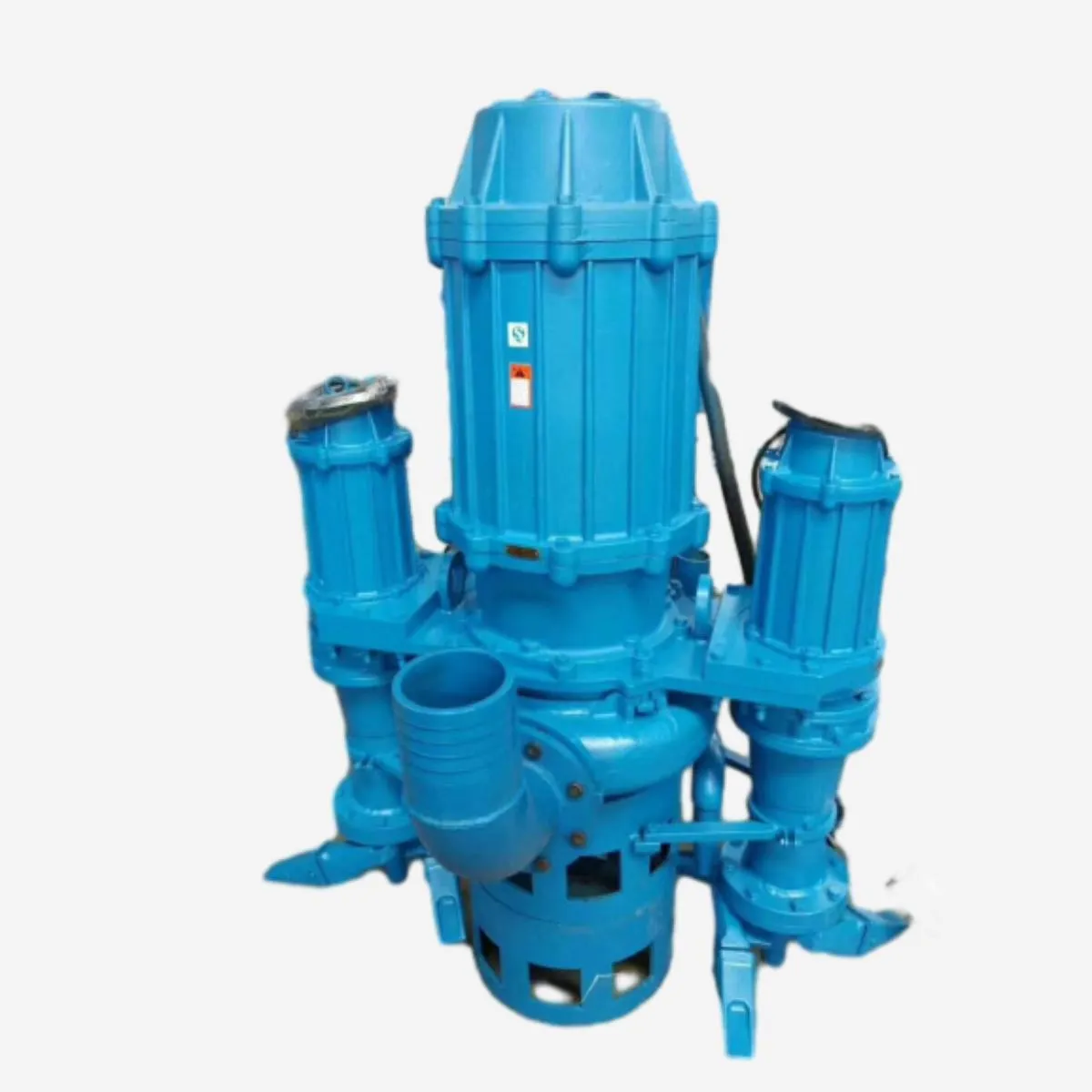English
- Afrikaans
- Albanian
- Amharic
- Arabic
- Armenian
- Azerbaijani
- Basque
- Belarusian
- Bengali
- Bosnian
- Bulgarian
- Catalan
- Cebuano
- Corsican
- Croatian
- Czech
- Danish
- Dutch
- English
- Esperanto
- Estonian
- Finnish
- French
- Frisian
- Galician
- Georgian
- German
- Greek
- Gujarati
- Haitian Creole
- hausa
- hawaiian
- Hebrew
- Hindi
- Miao
- Hungarian
- Icelandic
- igbo
- Indonesian
- irish
- Italian
- Japanese
- Javanese
- Kannada
- kazakh
- Khmer
- Rwandese
- Korean
- Kurdish
- Kyrgyz
- Lao
- Latin
- Latvian
- Lithuanian
- Luxembourgish
- Macedonian
- Malgashi
- Malay
- Malayalam
- Maltese
- Maori
- Marathi
- Mongolian
- Myanmar
- Nepali
- Norwegian
- Norwegian
- Occitan
- Pashto
- Persian
- Polish
- Portuguese
- Punjabi
- Romanian
- Russian
- Samoan
- Scottish Gaelic
- Serbian
- Sesotho
- Shona
- Sindhi
- Sinhala
- Slovak
- Slovenian
- Somali
- Spanish
- Sundanese
- Swahili
- Swedish
- Tagalog
- Tajik
- Tamil
- Tatar
- Telugu
- Thai
- Turkish
- Turkmen
- Ukrainian
- Urdu
- Uighur
- Uzbek
- Vietnamese
- Welsh
- Bantu
- Yiddish
- Yoruba
- Zulu
Telephone: +86 13120555503
Email: frank@cypump.com
Nov . 21, 2024 21:14 Back to list
submersible sewage pumping systems handbook
Understanding Submersible Sewage Pumping Systems A Comprehensive Handbook
Submersible sewage pumping systems play a crucial role in the effective management of wastewater, especially in areas where traditional gravity sewers are not feasible. These systems are designed to handle sewage from residential, commercial, and industrial sources, helping to protect public health and preserve the environment. This article delves into the essential elements of submersible sewage pumping systems, their operational advantages, installation considerations, and maintenance practices, providing a comprehensive overview of this indispensable technology.
Operational Overview
Submersible sewage pumps are specifically engineered to operate underwater, submerged in the sewage itself. Unlike traditional pumps that are installed above ground, submersible pumps are submerged in a sump or pit, which allows them to directly transport sewage to the treatment facilities. They typically consist of a motor that drives an impeller, which creates the pressure and flow required to move wastewater through the system. The design of these pumps varies according to their specific applications, but general features often include corrosion-resistant materials to withstand harsh environments, float switches for automatic operation, and high-capacity impellers to efficiently handle solids.
Advantages of Submersible Sewage Pumping Systems
One of the primary advantages of submersible sewage pumping systems is their ability to function efficiently in locations with limited space. By placing the pump below ground, these systems reduce the need for extensive infrastructure, such as large lift stations or extensive piping, which can be cost-prohibitive. Moreover, submersible pumps are known for their energy efficiency. Since they are positioned within the wastewater, the need for additional suction lifts is eliminated, resulting in lower energy consumption.
Noise reduction is another significant benefit. Conventional pumps often generate substantial noise, which can be detrimental in residential or populated areas. In contrast, submersible pumps operate quietly since they are submerged and the sound is muffled by water, making them more suitable for urban settings. Additionally, these systems minimize the risk of odor emissions, as the sewage remains enclosed during transport.
Installation Considerations
submersible sewage pumping systems handbook

When installing a submersible sewage pumping system, several key factors must be taken into account
. First, the selection of the appropriate pump size and type is critical and should be based on the expected flow rate, the characteristics of the sewage (such as the presence of solids), and the total dynamic head (TDH) required to move the wastewater to its destination.Proper site preparation is essential as well. The sump should be large enough to accommodate the pump and allow for adequate flow dynamics. Additionally, professionals must consider backup power solutions, such as generators or battery systems, to ensure continuous operation during power outages.
Maintenance Practices
To ensure longevity and reliability, regular maintenance of submersible sewage pumps is vital. A comprehensive maintenance program should include routine inspections of the pump and motor, checking for wear and tear, and testing backup power systems. Lubrication of moving parts, inspection of electrical components, and cleaning of the impeller are necessary to keep the system running smoothly.
Monitoring the pump's operating conditions, such as temperature and vibrations, can provide early warnings of potential issues. Proper maintenance not only extends the life of the pump but also helps in avoiding costly repairs and unscheduled downtime.
Conclusion
Submersible sewage pumping systems are indispensable in modern wastewater management. They offer a practical solution for effectively transporting sewage in various settings, particularly where space-saving designs and energy efficiency are paramount. By understanding their operational principles, advantages, installation requirements, and maintenance needs, stakeholders can ensure optimal performance and reliability of these vital systems. As urban environments continue to grow, the importance of effective sewage management systems will only increase, making submersible sewage pumping systems a key component of future infrastructure development.
-
Horizontal Split Case Pump with GPT-4 Turbo | High Efficiency
NewsAug.01,2025
-
ISG Series Pipeline Pump - Chi Yuan Pumps | High Efficiency, Durable Design
NewsAug.01,2025
-
Advanced Flue Gas Desulfurization Pump with GPT-4 Turbo | Durable & Efficient
NewsJul.31,2025
-
ISG Series Vertical Pipeline Pump - Chi Yuan Pumps | Advanced Hydraulic Design&Durable Construction
NewsJul.31,2025
-
ISG Series Vertical Pipeline Pump - Chi Yuan Pumps | Energy Efficient & Low Noise
NewsJul.31,2025
-
pipeline pump - Chi Yuan Pumps Co., LTD.|High Efficiency&Low Noise
NewsJul.31,2025










